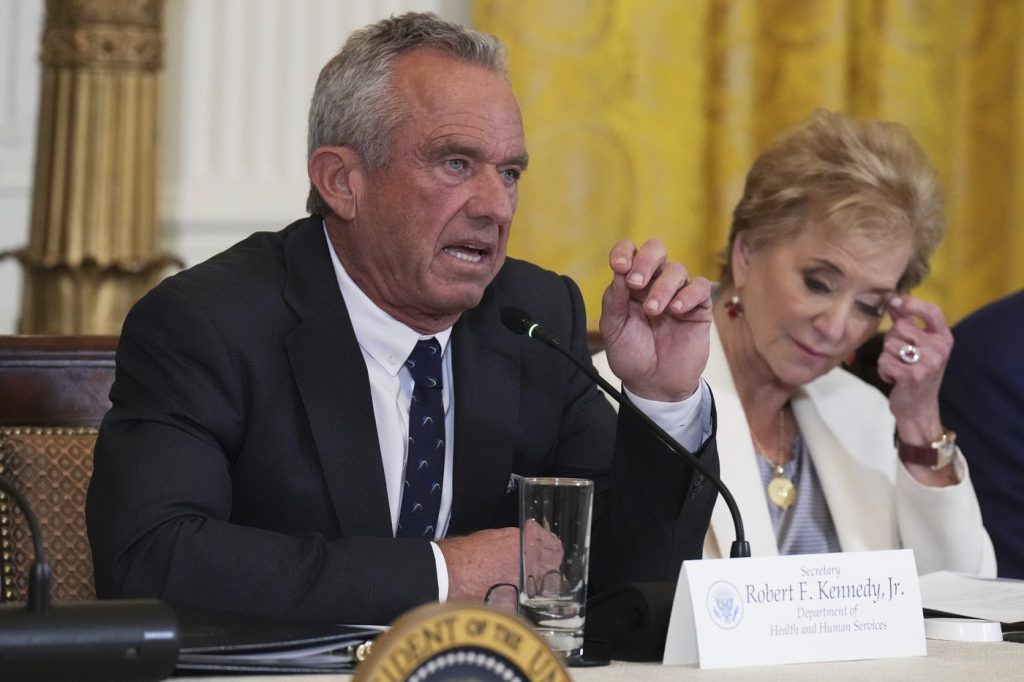The U.S. Court of International Trade has ruled that President Donald Trump overstepped his authority under the 1977 International Emergency Economic Powers Act (IEEPA) by imposing substantial tariffs on imports from nearly every country in the world. This decision marks a significant setback for Trump, who has been employing aggressive trade policies that have contributed to market instability, increased uncertainty for businesses, and concerns regarding inflation and economic growth.
On Wednesday, a three-judge panel concluded that Trump’s declaration of a national emergency and the tariffs imposed under IEEPA were unjustifiable, essentially stating that the longstanding trade deficits did not constitute an urgent emergency. The ruling has been met with muted responses from financial markets, which are anticipating that the Trump administration may find alternative methods to continue enforcing its trade agenda while appealing the court’s decision.
Despite the ruling, the situation is not entirely bleak for Trump’s administration. The Court of Appeals for the Federal Circuit has permitted the continued collection of tariffs during the appeal process. This allows Trump to maintain some level of urgency in his trade policies, which aim to attract manufacturing back to the U.S., bolster the Treasury, and exert pressure on other nations.
Trump's IEEPA tariff measures are currently facing challenges in at least seven lawsuits, with the court having combined two significant cases—one from five small businesses and another from 12 U.S. states. The legal scrutiny on these tariffs is anticipated to escalate and may ultimately reach the U.S. Supreme Court.
The blocked tariffs specifically pertain to a new set imposed last month on virtually all U.S. trading partners as well as earlier levies on China, Mexico, and Canada. On April 2, Trump had declared "Liberation Day," introducing reciprocal tariffs of up to 50% on countries with which the U.S. has a trade deficit and baseline tariffs of 10% on others. While he temporarily suspended the reciprocal tariffs to facilitate negotiations, baseline tariffs remained in effect.
Trump justified these tariffs by invoking IEEPA, categorizing trade deficits as a national emergency. Legal experts have indicated that the choice of IEEPA was made with the intention of bypassing Congress and its oversight. In previous instances, such as during Richard Nixon's presidency, courts had permitted emergency tariffs only under extraordinary circumstances; however, this time the court rejected the administration's arguments, asserting that Trump's tariffs exceeded his regulatory authority and failed to correspond to the issues they purported to address.
Overall, the ruling has significant implications for Trump’s trade agenda. Industry experts suggest that countries may hesitate to negotiate concessions during the pending appeal, complicating trade discussions. Companies may need to re-evaluate their supply chain strategies in light of the unpredictability surrounding tariffs.
Moreover, while the court has blocked these recent tariffs, several previous tariffs imposed under Section 232 of the Trade Expansion Act of 1962 remain intact. This section allows for tariffs, particularly focused on national security, which Trump may utilize to regulate foreign steel, aluminum, and automotive imports. Currently, the U.S. has an average tariff rate of 6.5%, significantly higher than the 2.5% prior to Trump's tariff policies.
Economic forecasts suggest that the removal of IEEPA tariffs may foster a more robust growth rate in 2025, leading to an increase in the annual growth rate from 1.5% to 2%. If the tariffs are ultimately lifted, prices may stabilize and inflation may decrease. Additionally, importers may eventually be eligible for refunds on paid tariffs, though this will likely be delayed until after legal appeals are resolved.












